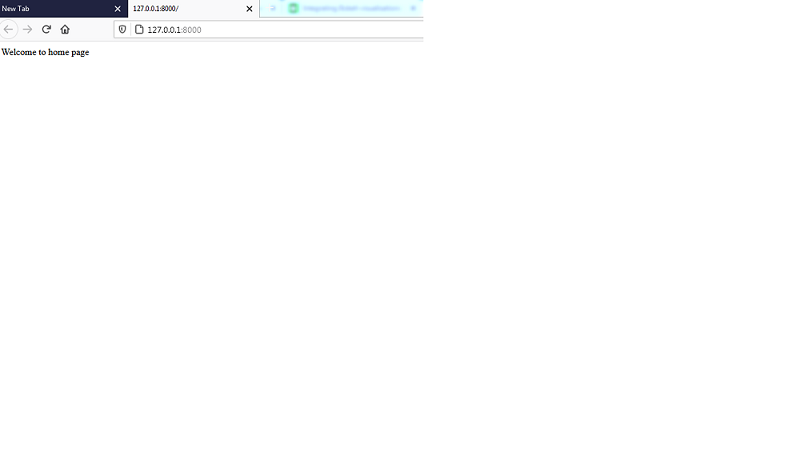在 Django 应用程序中集成散景可视化
Bokeh 是一个交互式可视化库,可帮助我们创建数据集的可视化表示并与之交互。您可以创建各种类型的可视化,例如条形图、水平图、时间序列等。有多种方法可以将 Bokeh 应用程序和小部件包含到 Web 应用程序和页面中。
在本教程中,我们将创建一个基本的散景图并将其嵌入到我们的 Django Web 应用程序中。为此,我们将从bokeh.embed导入组件,它返回单个组件。函数bokeh.embed.components()返回一个脚本,该脚本包含带有 对于这个项目,我们使用 PyCharm IDE。 PyCharm 是用于Python脚本语言的最流行的 IDE 之一。 伟大的!所以这就是设置我们的 Django 网站。第 1 步:设置一个基本的 Django 项目
pip install djangopip install bokeh第 2 步:创建 Django 项目
django-admin startproject BokehDjangocd BokehDjangopython manage.py migratepython manage.py createsuperuser 
python manage.py runserver
python manage.py startapp BokehApp
INSTALLED_APPS = [
'django.contrib.admin',
'django.contrib.auth',
'django.contrib.contenttypes',
'django.contrib.sessions',
'django.contrib.messages',
'django.contrib.staticfiles',
'BokehApp',
]Python
from django.contrib import admin
from django.urls import path, include
urlpatterns = [
path("admin/", admin.site.urls),
path("", include("BokehApp.urls")),
]Python
from django.urls import path
from . import views
urlpatterns = [path("", views.home, name="home")]Python
from django.shortcuts import render
from django.http import HttpResponse
# Create your views here.
def home(request):
return HttpResponse("Welcome to home page")HTML
HTML
HTML
Our first Bokeh Graph
{{div| safe}}
{{script| safe}}
Python
from django.shortcuts import render
from django.http import HttpResponse
from bokeh.plotting import figure
from bokeh.embed import components
# Create your views here.
def home(request):
#create a plot
plot = figure(plot_width=400, plot_height=400)
# add a circle renderer with a size, color, and alpha
plot.circle([1, 2, 3, 4, 5], [6, 7, 2, 4, 5], size=20, color="navy", alpha=0.5)
script, div = components(plot)
return render(request, 'base.html', {'script': script, 'div': div})HTML
Data Visualization using Bokeh and Django
Simple Bokeh Graph
{{ div| safe}}
Python
from django.urls import path
from . import views
urlpatterns = [path("", views.home, name="home")]
Python
from django.shortcuts import render
from django.http import HttpResponse
# Create your views here.
def home(request):
return HttpResponse("Welcome to home page")

第 3 步:在我们的项目中完成散景设置:
bokeh.__version__ 
HTML